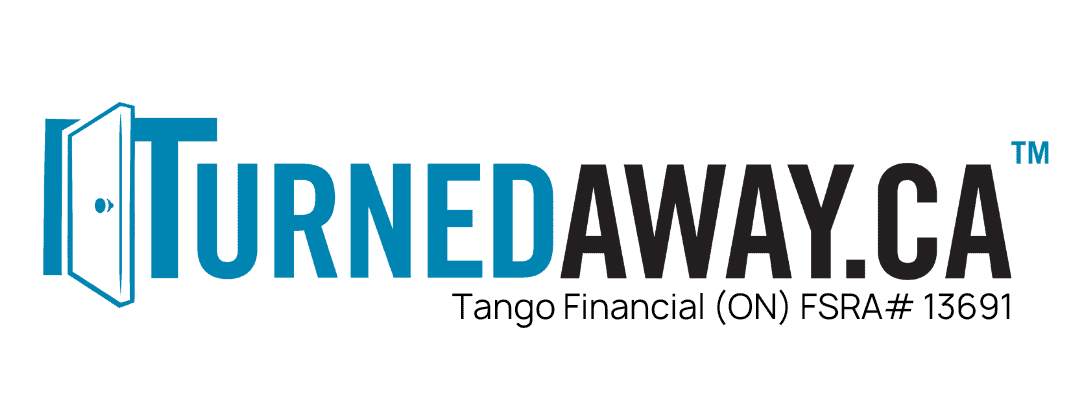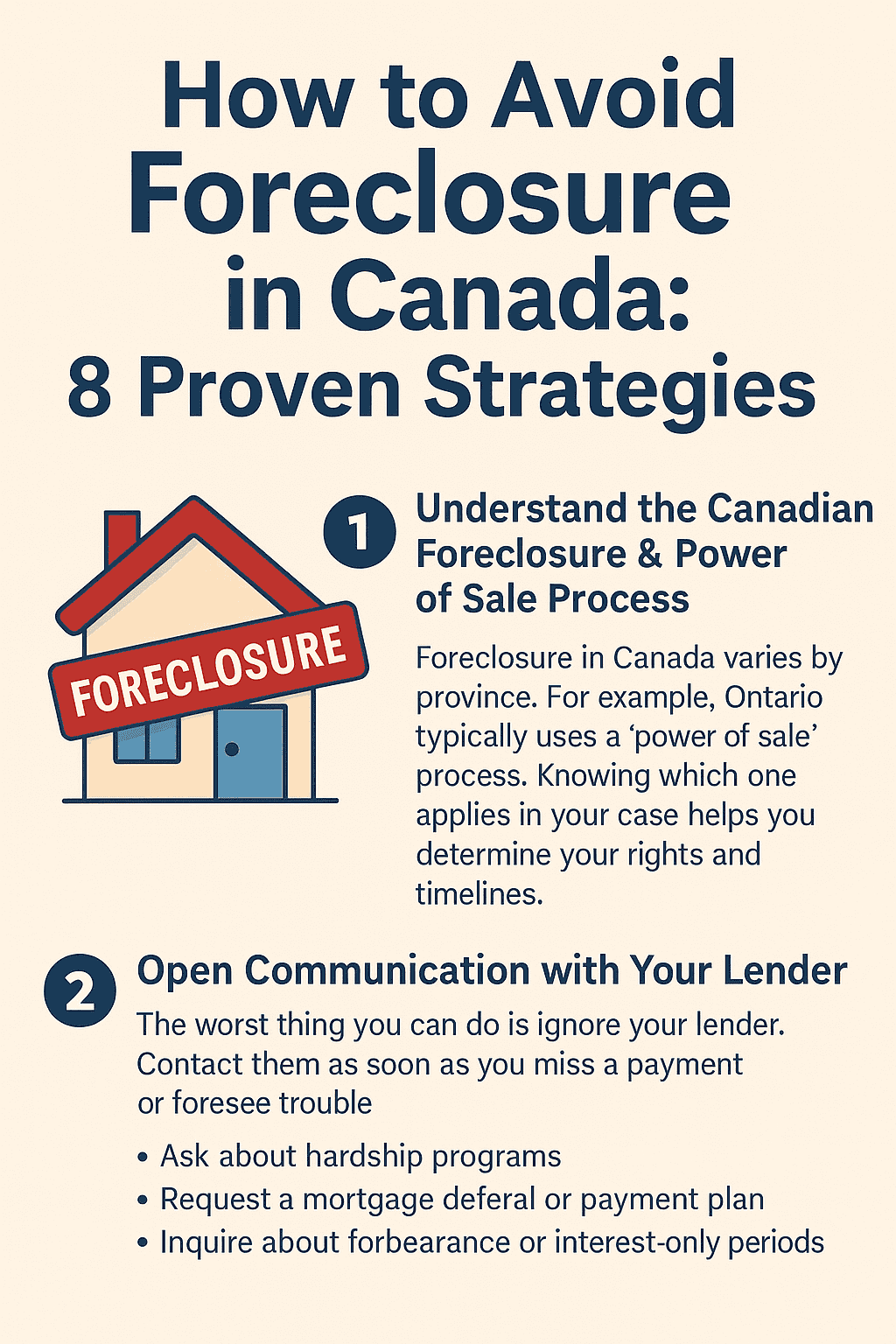Introduction
Did you know that Ontario homeowners collectively owe over $170 billion in home equity lines of credit (HELOCs) alone? If you’re a homeowner in Ontario, a HELOC might offer you an opportunity to tap into your home’s equity for important expenses such as home renovations, consolidating high-interest debts, or even funding education. But before diving into a HELOC, it’s crucial to understand what it is, how it works, and whether it’s the right financial product for you. In this guide to home equity loans, we’ll take a closer look at how HELOCs function in Ontario, their eligibility requirements, benefits, risks, and how to apply for one.
What is a HELOC?
Key Features of a HELOC
A home equity line of credit (HELOC) is a revolving credit line that allows homeowners to borrow against the equity in their property. Much like a credit card, a HELOC provides flexible borrowing options. You can borrow money up to your credit limit, make repayments, and borrow again as needed.
HELOCs are secured by your home, which means that if you default on the loan, the lender can seize your property to recover the debt. The amount you can borrow depends on your home’s equity and the lender’s policies.
Types of HELOCs Available in Ontario
There are generally two types of HELOCs available:
- Standard HELOC: This is an open line of credit, meaning you can borrow, repay, and borrow again at any time, as long as you stay within your credit limit.
- Fixed-Rate HELOC: Some lenders offer a fixed-rate option for a portion of the borrowed amount, which can help you lock in a stable interest rate for easier budgeting.
How Does a HELOC Work?
With a HELOC, you can withdraw funds as needed. The loan is secured against your home’s equity, meaning the lender has the right to foreclose on your property if you fail to repay. Interest is usually charged only on the amount you borrow, and it’s typically at a variable rate, making payments flexible but potentially unpredictable.
Eligibility for a HELOC in Ontario
Minimum Equity Requirements
To qualify for a HELOC in Ontario, homeowners typically need a minimum of 20% equity in their home. This means that if your home is worth $500,000, you must owe no more than $400,000 on your mortgage to qualify for a HELOC.
Credit Score and Income Considerations
While HELOCs are primarily based on the equity in your home, lenders also consider your credit score and income. The higher your credit score and income, the better your chances of being approved for a larger credit line and more favorable terms.
Stress Test and Qualification
A stress test is required to determine whether you can afford potential interest rate increases. This is particularly important in Ontario, where interest rates can fluctuate. Lenders will assess whether you can handle higher payments in the event of rate hikes.
Benefits of a HELOC in Ontario
Access to Flexible Funds
One of the main reasons homeowners choose a HELOC is the access to flexible funds. Whether you need money for home repairs, debt consolidation, or education, a HELOC provides quick access to funds.
Lower Interest Rates Compared to Unsecured Credit
HELOCs generally offer lower interest rates than unsecured loans or credit cards because they are secured by your property. This can make a HELOC a more affordable way to borrow.
Potential Tax Advantages
In certain cases, the interest paid on a HELOC may be tax-deductible if the funds are used for specific purposes such as home improvements. However, it’s important to consult a tax advisor to understand the eligibility for tax benefits.
Risks and Considerations
Variable Interest Rates
HELOCs typically have variable interest rates, which means your payments can fluctuate depending on market conditions. If interest rates rise, your payments could become significantly higher, making it harder to budget.
Impact on Home Equity
When you borrow against your home’s equity, you are reducing the value of your property that you own outright. If you’re not careful, you could find yourself in a situation where you owe more than your home is worth.
Over-Borrowing Risk
It’s easy to get caught up in the flexibility of a HELOC and borrow more than you can afford to repay. This can lead to financial strain and even the risk of foreclosure if you fail to make payments.
Current HELOC Market Trends in Ontario
Rising Demand for HELOCs
In recent years, there has been a rise in demand for HELOCs in Ontario, driven by the high cost of living and home prices. More homeowners are tapping into their home equity to pay off high-interest debts, fund home renovations, or consolidate multiple loans.
According to recent data, the total outstanding HELOC balance in Canada is expected to continue increasing, reflecting the growing reliance on this type of credit. Many homeowners in Ontario, especially in the Greater Toronto Area (GTA), are using HELOCs to manage rising living costs.
Regional Variations in Ontario
There are some regional differences in HELOC use within Ontario. Homeowners in urban areas like Toronto and Ottawa tend to use HELOCs more often for debt consolidation and renovations, while those in more rural areas may use them for other purposes, such as agriculture or business investments.
How to Apply for a HELOC in Ontario
Step-by-Step Application Process
Applying for a HELOC in Ontario is straightforward but requires certain documentation. Here’s a simple breakdown of the process:
- Check Your Eligibility: Ensure you meet the minimum equity and credit score requirements.
- Research Lenders: Different lenders offer different interest rates and terms. Compare options to find the best deal.
- Gather Documents: You will typically need proof of income, a property appraisal, and details about your existing mortgage.
- Submit Your Application: Apply either online or in-person, depending on the lender’s process.
- Approval and Access to Funds: If approved, the lender will provide you with access to your credit line, which you can use as needed.
Required Documentation
- Proof of income (e.g., pay stubs, tax returns)
- A recent property appraisal
- Details about your current mortgage or other debts
Choosing the Right Lender
When selecting a lender for your HELOC, consider the interest rates, fees, and terms. Look for a lender that offers competitive rates and flexible repayment options. You can explore options with trusted lenders through services like TurnedAway.ca’s Home Equity Line of Credit.
Comparing HELOCs with Other Financing Options
HELOC vs. Home Equity Loan
While both a HELOC and a home equity loan use your property as collateral, the key difference is that a HELOC is a revolving line of credit, while a home equity loan provides a lump sum with a fixed interest rate. A HELOC is more flexible, but the interest rate can fluctuate, while a home equity loan offers predictable monthly payments.
HELOC vs. Personal Loan
A personal loan is unsecured, meaning it doesn’t require collateral, but the interest rates are usually higher. A HELOC, on the other hand, offers lower rates but puts your home at risk if you fail to repay.
HELOC vs. Mortgage Refinancing
Refinancing your mortgage allows you to take out a new loan to pay off your existing mortgage, and it can include a lump sum for other expenses. A HELOC is an additional line of credit on top of your existing mortgage. Mortgage refinancing can lower your monthly payments, but a HELOC provides more flexible access to funds.
Best Practices for Managing Your HELOC
Setting a Budget and Repayment Plan
To avoid over-borrowing, set a clear budget and repayment plan. Borrow only what you need and plan your repayments carefully to avoid accumulating debt.
Monitoring Interest Rates
Because HELOCs typically have variable interest rates, it’s important to keep an eye on interest rate changes. Set up alerts with your lender so you can be aware of rate hikes and adjust your budget accordingly.
Avoiding Common Pitfalls
Be mindful of the risks, such as accumulating too much debt or failing to make timely payments. Stay within your borrowing limit and make regular payments to keep your finances in check.
FAQs
Can I use a HELOC for anything?
Yes, a HELOC can be used for home renovations, debt consolidation, education expenses, and other major purchases.
Are HELOC interest rates fixed or variable?
Most HELOCs come with variable interest rates, but some lenders offer the option to fix the rate for a portion of the loan.
How do I qualify for a HELOC?
To qualify for a HELOC, you need sufficient equity in your home, a good credit score, and proof of income.
Conclusion
A HELOC can be a powerful financial tool for Ontario homeowners, offering flexibility and access to funds when needed. However, like any financial product, it’s important to weigh the benefits against the risks. Make sure to research lenders, understand the terms, and manage your debt responsibly. If you’re ready to explore your options, apply for a HELOC with TurnedAway.ca or schedule a free consultation to discuss how a HELOC could help you.




